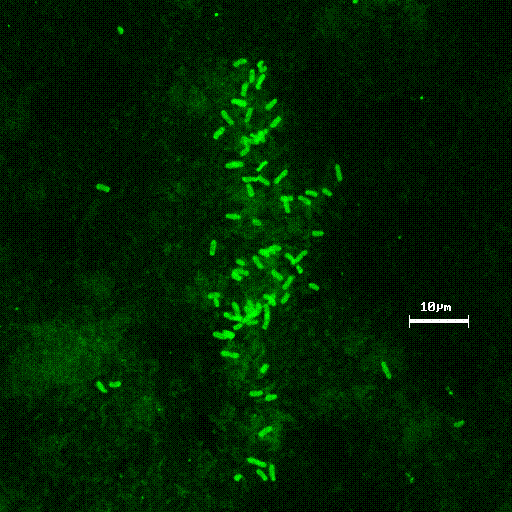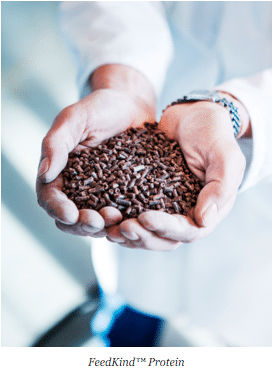MEMBER PRESS RELEASE - Hillsborough County Selects Waga Energy to Upgrade Landfill Gas to RNG…
Fishfood, biogas and protein
The Carbon trust recently published a case study about fishfeed with a company called Calysta, they are an international firm focusing on, sustainability in energy, nutrition and energy. In this process, the biogas element comes into play later in the process as an alternative to natural gas. This change has a significant effect on the products carbon footprint.
Generic fishfood is made from fishmeal and fish oil. Fishmeal can be used to feed terrestrial livestock as it provides a balance of protein and minerals. There are sustainability concerns over the fish oil and fishmeal when they are sourced from the wild as this put it in direct competition with human consumption.
Fishfeed proposes to solve these sustainability issues by developing a high protein product through fermentation. This product offers a nutritionally rich product with minimal environmental impacts [1]. The high protein content is formed through a fermenting process where, methanotrophic organisms are fermented by introducing small amounts of scavenger microorganisms with methane, ammonia and mineral microorganisms. The sole source of energy for this process is gas. The fermenter can run for 7 weeks continuously before needing to be cleaned for 3 days.

Methanotrophic bacteria [2]
If 1 tonne of FeedKind were to be produced, waste would have the largest carbon footprint. There is also a high water factor which is related to the vegetable oil used in the process. This is because a lot of water is required to grow the vegetables used for vegetable oil; it is also a key product as it is used as a binding agent for palletisation.

FeedKind Protein [3]
In the “normal” life cycle of the product its carbon footprint per tonne is £5,819kg/CO2. If, 100% renewable energy is used and natural gas is swapped for biogas, the footprint can shrink to 2,274kg/CO2 – the biogas is a significant contribution to this because, if just renewables were used in the process the footprint does decrease but only to 5,278kg/CO2.
If you have any questions or information about other research and innovation in the AD and Biogas sector please contact emma.thomas@adbioresources.org with information and we will write a blog about it if relevent to our readers.
[1] methanotrophic organisms: Aerobic methane oxidizing bacteria (methanotrophs) have the unique ability to grow on methane as their sole source of carbon and energy. They are ubiquitous in the environment and play a major role in removal from the biosphere of the greenhouse gas methane before it is released into the atmosphere. Methanotrophs can be divided into two groups: the Type I methanotrophs and the Type II methanotrophs. [2] Methanotrophic bacteria image, http://sti.srs.gov/fulltext/ms2001058/ms2001058.html [3] FeedKind Protein, http://aquaculturedirectory.co.uk/tag/feedkind-protein/